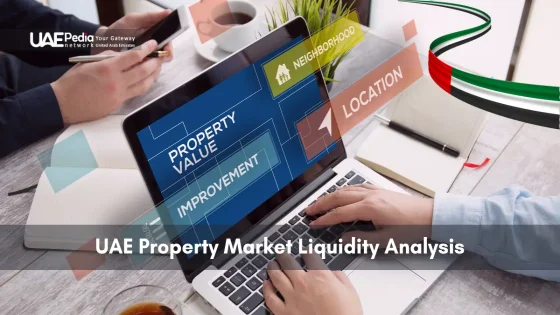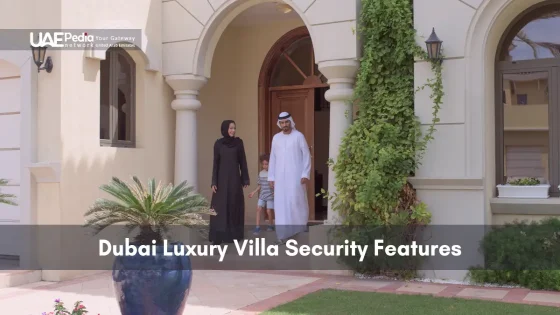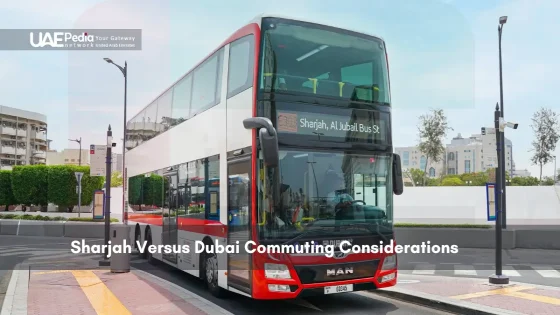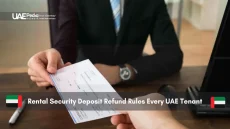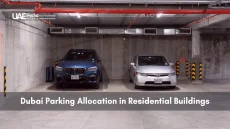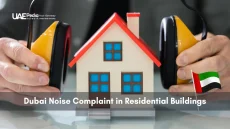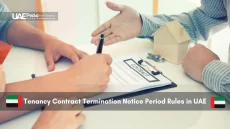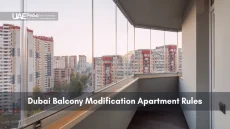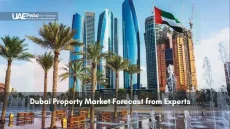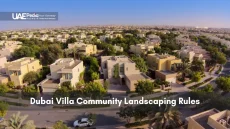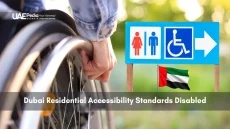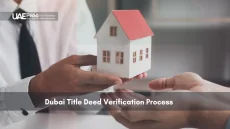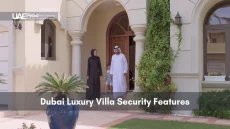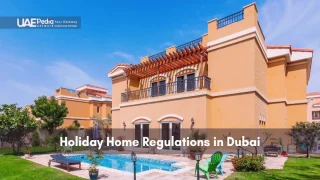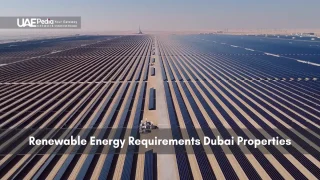What if the secret to smart capital allocation lies not in chasing trends, but in understanding how assets move within evolving ecosystems? Three decades ago, over 80% of the Emirates’ terrain resembled untouched desert – today, its cities dominate global skylines. This metamorphosis reveals more than architectural ambition; it uncovers patterns every investor should study.
Liquidity – the ease of converting assets into capital – acts as the lifeblood of thriving economies. In regions where growth outpaces traditional models, recognizing transaction rhythms becomes crucial. Modern registration systems and tax frameworks now enable smoother investments, while infrastructure megaprojects create new hotspots almost monthly.
We’ll explore how digital platforms reshape housing accessibility, why certain neighborhoods defy global price fluctuations, and what emerging technologies mean for long-term resilience. Whether you’re evaluating rental yields or strategic developments, these insights form your compass in navigating opportunities.
The UAE’s real estate sector has transitioned from over 80% undeveloped desert three decades ago to a market processing AED 528 billion in transactions in 2024, underpinned by 3.4 % GDP growth and sub-2 % inflation. Modern registration systems—such as blockchain-enabled land registries—and prefab construction have reduced registration and build times by up to 80 %, enabling faster asset conversion. Investors must analyze transaction volumes across Dubai, Abu Dhabi and Sharjah, where annual growth rates ranged from 26 % to 61 %, to pinpoint emerging liquidity hotspots.
Liquidity metrics differ significantly by segment: luxury villas require 90–150 days to sell, mid-market apartments lease in 14–45 days, and affordable units transact within 15–25 days. Regulatory reforms, including 48-hour title registrations and visa-linked ownership schemes, have driven 17–31 % increases in first-time purchases. Advanced tools—AI-driven heatmaps, real-time valuation models and automated volatility indexes—provide precise assessments of neighborhood potential and yield stability, forming a technical framework for strategic capital allocation.
- Evolution from arid landscapes to interconnected urban networks
- Critical role of transaction fluidity in asset valuation
- How regulatory shifts and tech adoption drive sustained expansion
- Emerging tools for predicting neighborhood potential
Overview of the UAE Real Estate Landscape and Liquidity Trends
Imagine skyscrapers rising like digital-age oases where camels once roamed. The Emirates’ transformation from sand dunes to architectural marvels isn’t just visual poetry—it’s a blueprint for smart capital movement. Last year alone, AED 528 billion flowed through transactions, proving assets here move faster than desert winds shifting dunes.
Economic Backbone & Urban Pulse
Consistent 3.4% GDP growth and inflation under 2% create a safety net for asset values. Think of it as financial shock absorbers—when global markets wobble, strategic developments like Dubai Creek Harbour keep portfolios steady. New visa policies also fuel demand, with 84% more residency-linked purchases since 2022.
People, Concrete, and Digital Threads
Over 200 nationalities now call this region home, each needing spaces to live, work, and play. Here’s how key areas stack up:
| Emirate | 2022 Transactions | 2023 Transactions | Growth |
|---|---|---|---|
| Dubai | 72,000 | 91,000 | 26% |
| Abu Dhabi | 18,500 | 24,300 | 31% |
| Sharjah | 9,200 | 14,800 | 61% |
Blockchain-powered land registries cut paperwork from weeks to hours. Prefab construction slashes build times while AI tools predict neighborhood potential before cranes arrive. It’s not just building faster—it’s building smarter.
Read More:
Key Factors Shaping Liquidity in Today’s UAE Market
Picture this: 4 out of 10 new developments sell out before groundbreakings. Why? Three dynamic forces—shifting buyer priorities, regulatory evolution, and financial innovations—are rewriting the rules of asset movement. Let’s unpack what makes certain towers rise faster than others.
Investment Drivers and Demand Shifts
Off-plan sales surged 40% last year as investors chase higher yields. “The sweet spot? Communities blending smart tech with green spaces,” notes a Dubai-based developer. Millennials now drive 62% of purchases, favoring flexible layouts over traditional designs.
New property ownership residency programs created 22,000 visa-linked deals since 2022. Tax-free incomes and 7-9% rental returns lure global capital—Asian buyers alone increased 38% last quarter.
Regulatory Enhancements and Foreign Investor Benefits
Transparent title deeds and 48-hour registration processes cut red tape. A Sharjah high-rise recently sold 300 units in 72 hours using blockchain verification. “We’ve reduced legal risks by 80%,” beams a Abu Dhabi notary.
Compare two approaches:
- Traditional: Buy-and-hold strategies targeting 5% annual gains
- Modern: AI-powered platforms enabling micro-investments in hotel suites
Central Bank data shows mortgage rates dipping to 3.89%, sparking 17% more first-time buyers. Yet construction costs rose 9%—developers offset this through prefab tech slashing build times by 40%.
Market Segmentation and Strategic Investment Opportunities
Think of the Emirates’ real estate as a three-tiered fountain—each stream catering to different thirsts. Palm Jumeirah’s villas sparkle like champagne flutes, while Business Bay apartments pour steady returns like iced karak chai. Savvy capital flows where infrastructure meets aspiration, and here’s how to catch the current.
Luxury, Mid-Market, and Affordable Housing Outlook
Ultra-luxury areas like Palm Jumeirah boast 6.8% annual price growth—but with villas taking 120+ days to sell. Compare that to Dubai Marina’s mid-range towers, where studios lease in 14 days flat at 7.2% yields. Affordable zones? Jumeirah Village Circle saw 23% transaction jumps last year as families chased 3-bed units under AED 1.5M.
Check this snapshot:
| Segment | Median Price | Rental Yield | Speed-to-Sale |
|---|---|---|---|
| Luxury | AED 12M | 4.1% | 90-150 days |
| Mid-Market | AED 2.8M | 6.9% | 30-45 days |
| Affordable | AED 1.2M | 5.4% | 15-25 days |
Reputable developers matter most in premium segments—Emaar’s Downtown projects retain 18% more value than lesser-known rivals. “Buyers pay premiums for communities with schools and metro links,” notes a broker managing 200+ units. Meanwhile, new mortgage rules boosted affordable sales 31% as first-timers entered the game.
- Growth pockets: Areas near Expo City drive 9% annual rent increases
- Supply gaps: Only 12% of 2024 constructions target mid-income families
- Yield sweet spots: Studios near business hubs deliver 8% returns
Diversify across segments like a chef balances spices—a dash of luxury for appreciation, a cup of mid-market for cash flow, and a pinch of affordable for quick turnover. The recipe? Match your risk appetite to neighborhood pulse points.
Technological Innovations and Sustainable Developments in Real Estate
What if buildings could think? In neighborhoods where solar-paneled roofs chat with smart grids and 3D-printed concrete breathes like living tissue, the future isn’t coming—it’s already here. These advancements aren’t sci-fi dreams but today’s blueprints for smarter communities.
When Concrete Meets Code
Dubai Sustainable City shows how innovation works overtime. Its homes generate 60% of their energy through rooftop panels while AI systems manage water use like precision chefs. “Residents save 30% on utilities without lifting a finger,” shares a community manager. Prefab construction slashes build times by half, letting families move in before traditional projects pour foundations.
New platforms transform how deals happen. Blockchain registries cut paperwork from weeks to hours, boosting investor confidence. Imagine buying a villa through an app that shows real-time growth projections and carbon footprints—this exists now. Tools like these explain why tech-forward developments attract 22% more capital than conventional ones.
Sustainability drives value beyond ethics. Buildings using recycled materials report 18% lower maintenance costs. Smart sensors prevent leaks before they start, saving both water and repair bills. As one architect puts it: “Green design isn’t just trees on balconies—it’s math that makes portfolios greener too.”
- AI-powered property managers predict maintenance needs 3 months in advance
- 3D printing reduces construction waste by 59% compared to traditional methods
- Digital twins simulate building performance before groundbreakings
These shifts create two rules for modern investors: partner with developers embracing cutting-edge tech, and prioritize projects where efficiency meets resident experience. The payoff? Assets that appreciate faster and stay relevant longer.
Global Trends and Comparative Analysis of the UAE Real Estate Market
Ever wonder how the world’s financial capitals stack up against the Emirates’ rising skyline? While New York and London juggle aging infrastructure and regulatory red tape, the Gulf’s golden child offers something fresher—a market where transactions hum like well-oiled engines. Q1 2025 saw AED 120 billion in residential sales here, outpacing Manhattan’s luxury sector by 18%.
International Benchmarks and Foreign Capital Flows
Let’s crunch numbers. Dubai’s prime areas deliver 6.2% rental yields compared to London’s 3.8%—a gap wider than the Burj Khalifa is tall. Tax-free incomes and visa incentives pull capital like magnets, with foreign buyers accounting for 67% of 2024’s high-rise purchases. Check how key cities measure up:
| City | Avg Price/SqFt | Rental Yield | Days to Sell |
|---|---|---|---|
| Dubai | $580 | 6.2% | 45 |
| New York | $1,420 | 3.1% | 112 |
| London | $1,310 | 3.8% | 94 |
| Singapore | $1,050 | 2.9% | 68 |
Asian and European funds poured $9.8 billion into Emirates properties last quarter—a 33% jump from 2023. “Investors crave markets where paperwork doesn’t bury profits,” notes a fund manager quoted in our comparative analysis of global real estate. Blockchain registries and 48-hour deal closures give the region an edge older hubs can’t match.
Three factors cement this status:
- Speed: Apartments here sell 2x faster than in Paris
- Yield Resilience: Mid-range units maintain 5-7% returns despite global dips
- Regulatory Agility: New investor visas approved in 10 days flat
While skyscrapers in other cities collect dust between tenants, Emirates towers fill up as blueprints—proof that smart growth beats legacy prestige every time.
Future Projections and Economic Impact on Property Liquidity
What if your investment decisions today could time-travel to secure tomorrow’s profits? Analysts forecast annual home price jumps of 3.5-5.2% through 2030—not meteoric spikes, but steady climbs like date palms reaching for sunlight. This rhythm creates opportunities for those who plant seeds now and nurture them through growth cycles.
Rental Yields Meet Construction Timelines
Studio apartments in emerging areas like Dubai South already deliver 8.1% returns—outpacing global averages. Villas in established neighborhoods hover around 4.3%, appealing to long-term holders. Here’s the breakdown:
| Unit Type | Avg Annual Rent | Yield Potential |
|---|---|---|
| 1-Bed Apartment | AED 85,000 | 6.8% |
| 3-Bed Villa | AED 210,000 | 4.9% |
| Office Space | AED 320/sqft | 7.4% |
Infrastructure projects will reshape demand maps. The upcoming Etihad Rail expansion could slash commute times to Abu Dhabi’s new cultural districts, boosting housing appeal. “Areas near transit hubs will see 20% faster lease-ups,” predicts a planner working on the future of real estate trends.
Three factors will shape portfolios:
- Delayed construction in some sectors may tighten supply, pushing rents up 9% by 2026
- New visa rules could attract 300,000 additional residents seeking long-term leases
- AI-powered valuation tools help investors spot undervalued assets before crowds arrive
While Yas Island’s theme parks draw tourists, its residential zones quietly build resilience—properties there retain value 15% better during downturns. The key? Balance short-term gains in high-yield areas with cornerstone assets in stable communities. As one fund manager quips: “Diversify like you’re packing for both desert safaris and boardroom meetings.”
uae property market liquidity analysis: In-Depth Investment Perspectives
How do you balance golden opportunities with hidden pitfalls in a fast-moving landscape? Let’s explore strategies that turn market shifts into stepping stones rather than stumbling blocks.
Risk Assessment and Return Metrics
Smart money thrives on clarity. Last quarter saw mid-range apartments deliver 6.9% yields with 35-day sales cycles—outperforming luxury villas by 2.8 percentage points. Tools like AI-powered volatility indexes now predict neighborhood risks 6 months ahead.
Consider these 2024 benchmarks:
| Asset Type | Avg Risk Score | 5-Year Appreciation |
|---|---|---|
| Urban Condos | 3.2/10 | 22% |
| Suburban Villas | 5.8/10 | 17% |
| Mixed-Use Towers | 4.1/10 | 29% |
New escrow laws protect 95% of buyer deposits during construction delays. Blockchain registries cut fraud risks by 63%, making title disputes as rare as desert snowfall.
Adapting to Ongoing Market Adjustments
Seasoned investors now diversify across three neighborhoods instead of betting big on one. “We treat each asset like a puzzle piece—it must fit broader portfolio patterns,” shares a Dubai-based fund manager overseeing AED 800M in housing.
Four adaptive tactics gaining traction:
- Using real-time demand heatmaps to spot emerging areas
- Pairing long-term leases with short-term rental licenses
- Allocating 15-20% of capital to tech-driven projects
- Monitoring mortgage rate trends through central bank alerts
With new metro lines reshaping city dynamics every 18 months, flexibility isn’t optional—it’s your compass. Tools like automated valuation models help adjust strategies faster than a falcon dives.
Check out the below:
Final Reflections on the UAE Real Estate Investment Landscape
Charting a course through shifting sands requires both a compass and courage. The journey from desert plains to thriving communities reveals a landscape where growth and innovation walk hand-in-hand. Whether drawn to sleek high-rises or family-friendly suburbs, every corner offers unique potential for those who listen to its rhythm.
Balancing risk and reward starts with understanding layers. Luxury properties whisper prestige, while mid-range units hum with steady rental beats. Affordable housing dances to quick turnovers—each segment a different instrument in wealth’s orchestra. Modern developers now blend smart tech with cultural savvy, creating spaces where value grows like date palms in fertile soil.
The secret? Match your strategies to the terrain. Use real-time data as your north star. Let evolving regulations light your path. With yields outpacing global peers and demand painting new hotspots, hesitation costs more than action.
Ready to plant your flag? The tools are here—insights as your map, due diligence as your guide. Build a portfolio that weathers storms and soars with the sun. Your next move isn’t just about investment—it’s about legacy.
Golden Visas and retirement programs attract long-term investors, stabilizing demand. Easier residency rules boost buyer confidence, particularly in luxury segments like Palm Jumeirah or Downtown Dubai, where foreign ownership drives consistent transactions.
Dubai’s Downtown and Marina areas average 5-7% yields due to tourism and expat demand. Abu Dhabi’s Al Reem Island offers 6-8% with lower supply growth, appealing to mid-market investors seeking steadier returns amid government-led economic diversification.
Projects like Dubai’s Sustainable City and Masdar City in Abu Dhabi attract ESG-focused capital. Solar-powered villas and smart irrigation systems reduce utility costs by up to 40%, enhancing property values while aligning with the UAE’s 2071 Net Zero goals.
New metro lines (like Route 2020) and Etihad Rail connections spur growth in suburbs like Dubai Hills. Improved accessibility pushes developers like Emaar and Aldar to launch mixed-use communities, blending residential units with retail hubs—a win for tenant retention.
With Dubai’s population swelling by 2.1% annually, areas like Jumeirah Village Circle offer 4-6% yields at 30% lower entry costs than luxury zones. Flexible payment plans from DAMAC Properties and Azizi Developments cater to first-time buyers and renters.
While the UAE dirham’s peg to the dollar ties rates to Fed policies, local banks like Emirates NBD now offer fixed-rate options below 4%. This buffers buyers from volatility, keeping affordability in check for villas and townhouses in family-friendly communities.
